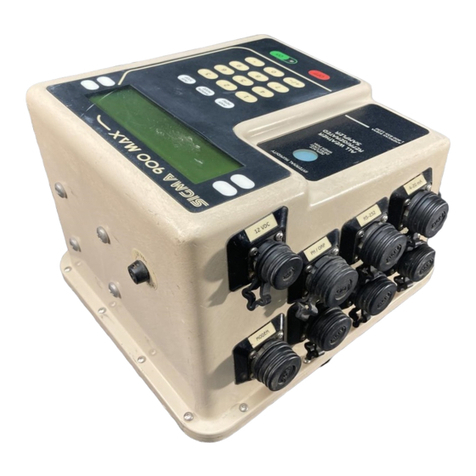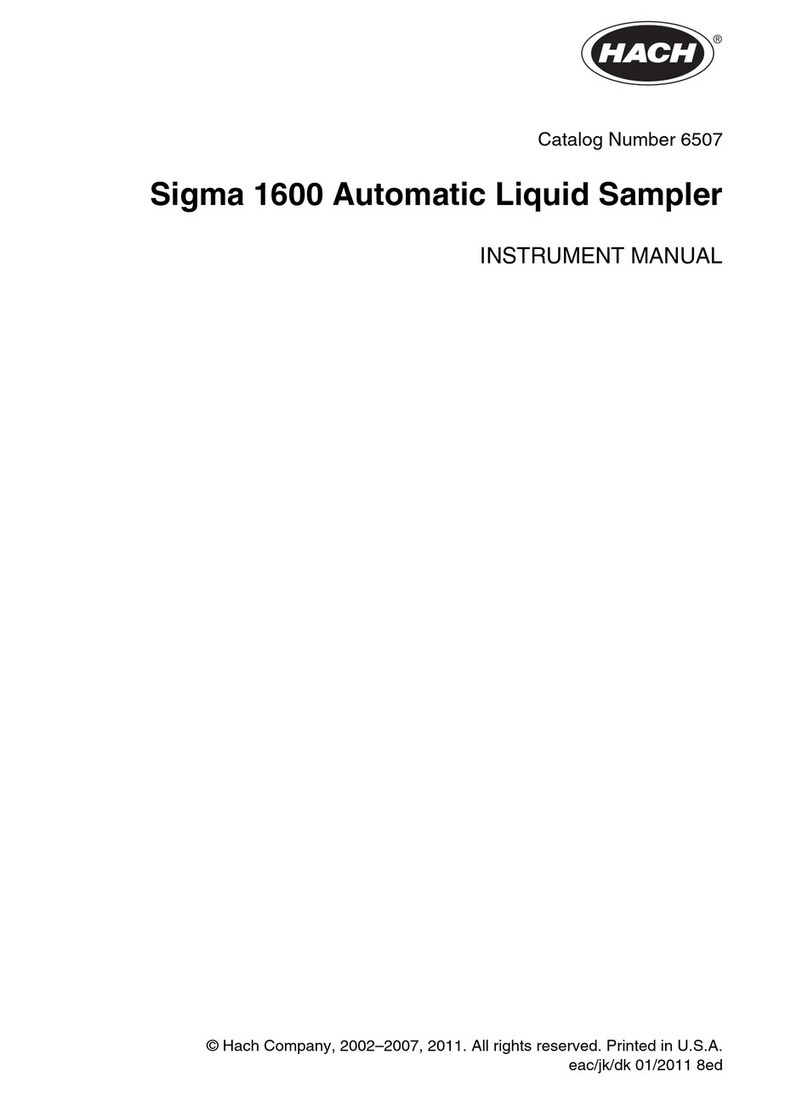Hach Lachat BD40HT User manual
Other Hach Laboratory Equipment manuals
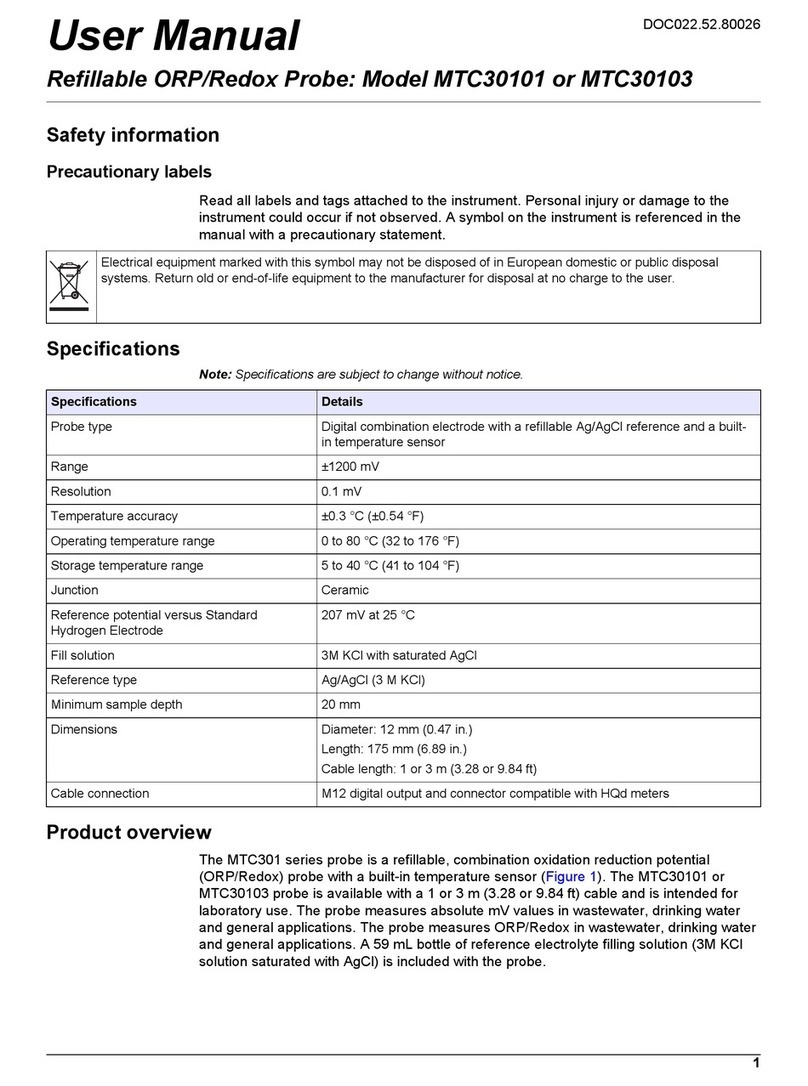
Hach
Hach Intellical MTC30101 User manual
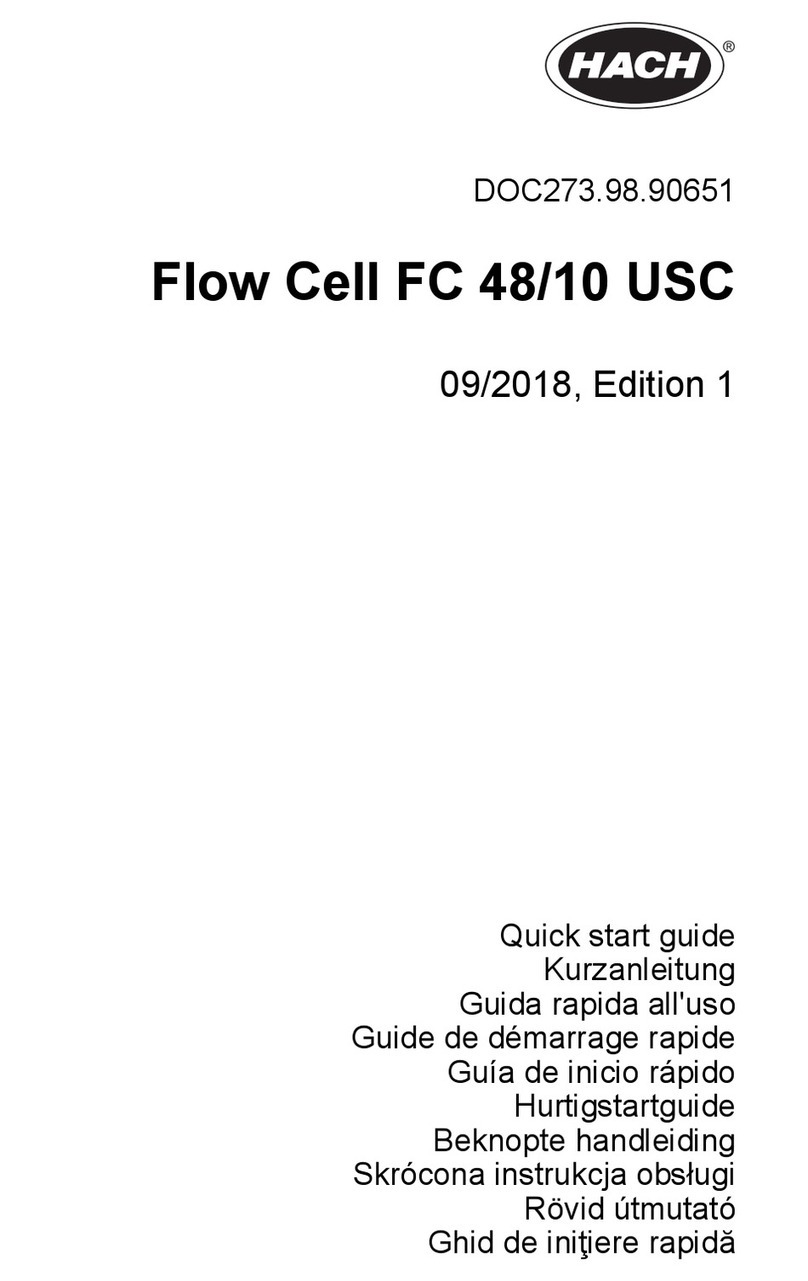
Hach
Hach Flow Cell FC 48/10 USC User manual

Hach
Hach TenSette plus User manual
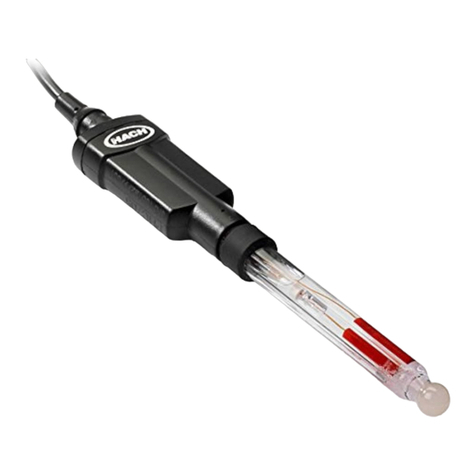
Hach
Hach PHC705 User manual
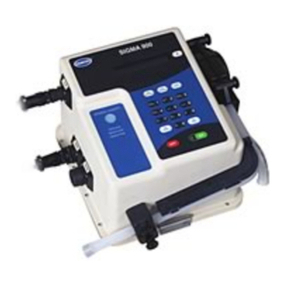
Hach
Hach SIGMA 900 User manual
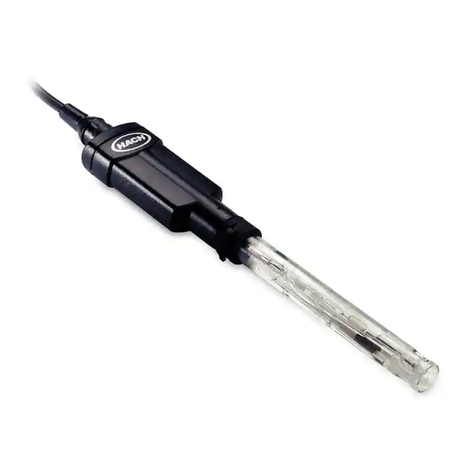
Hach
Hach PHC281 User manual
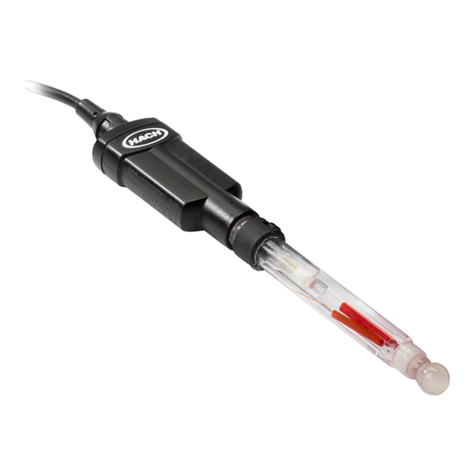
Hach
Hach PHC735 User manual
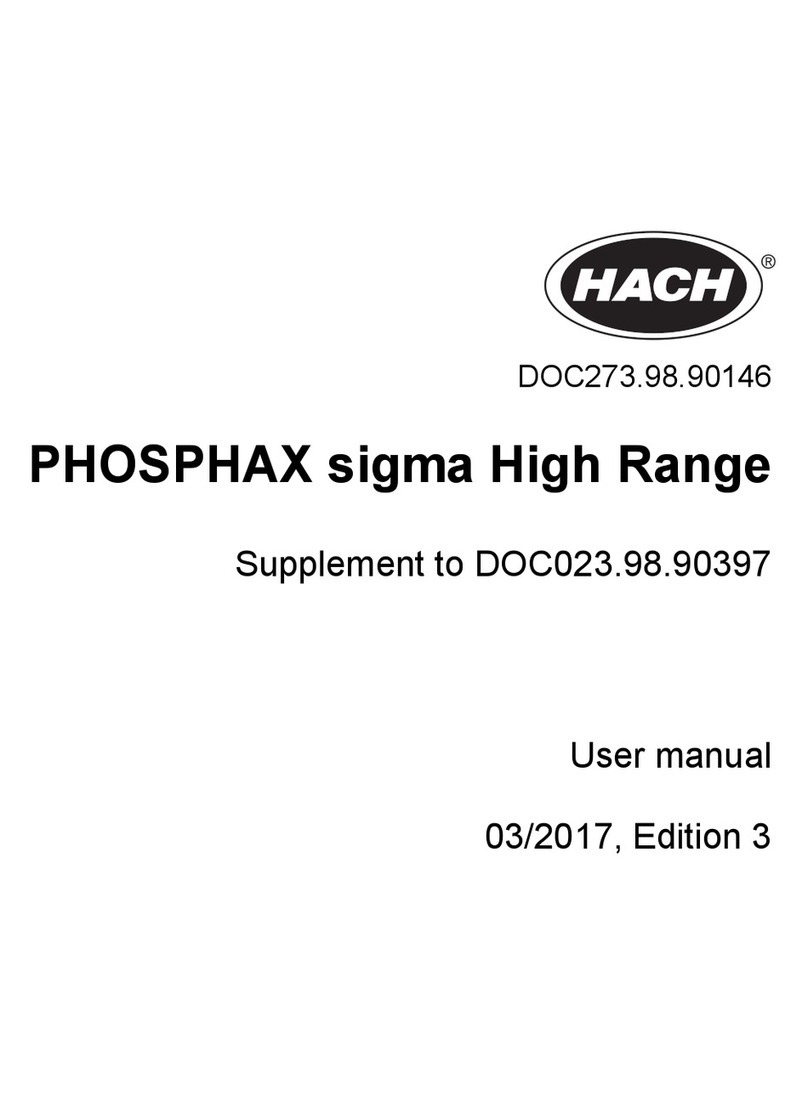
Hach
Hach PHOSPHAX sigma High Range User manual
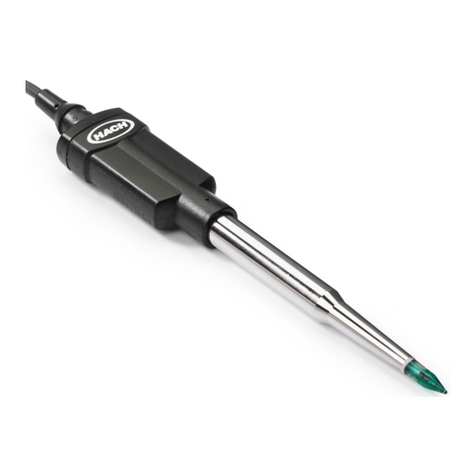
Hach
Hach PHC108 User manual
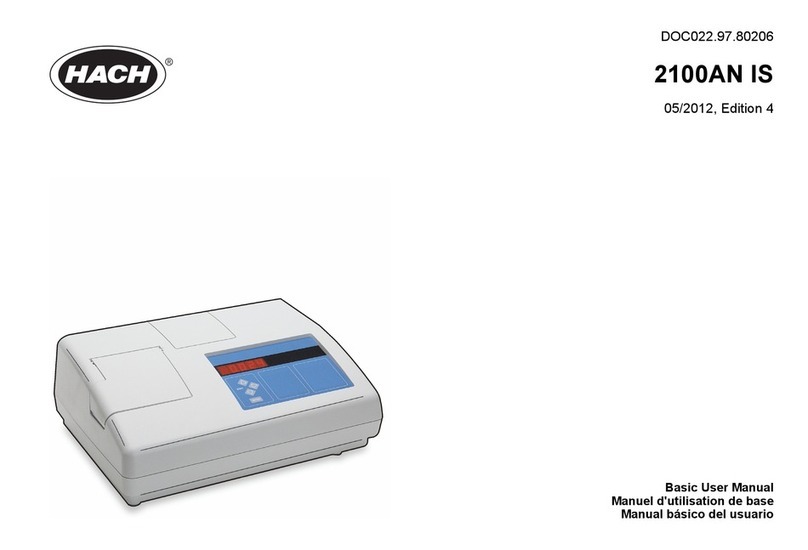
Hach
Hach 2100AN IS Quick manual
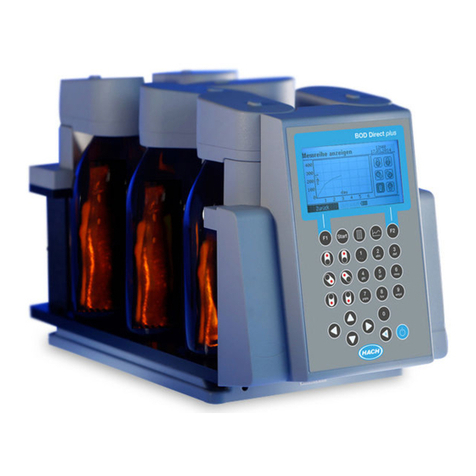
Hach
Hach BOD Direct plus Quick manual
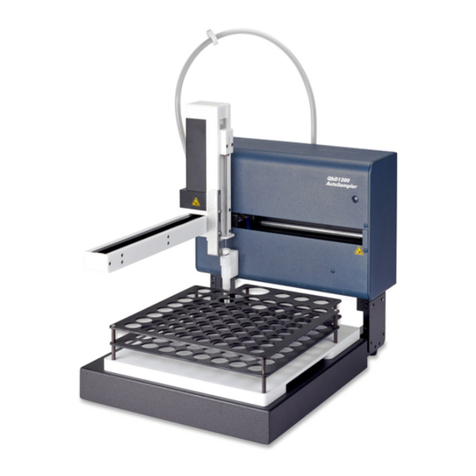
Hach
Hach QbD1200 AutoSampler User manual
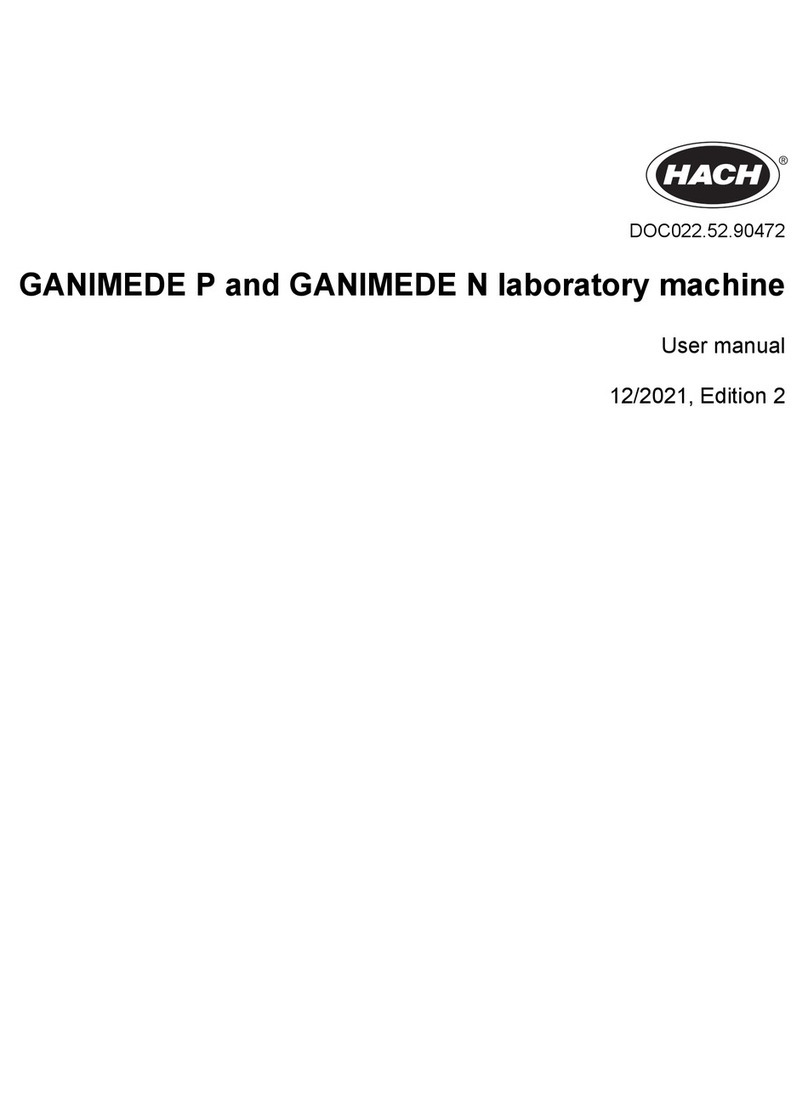
Hach
Hach GANIMEDE P User manual
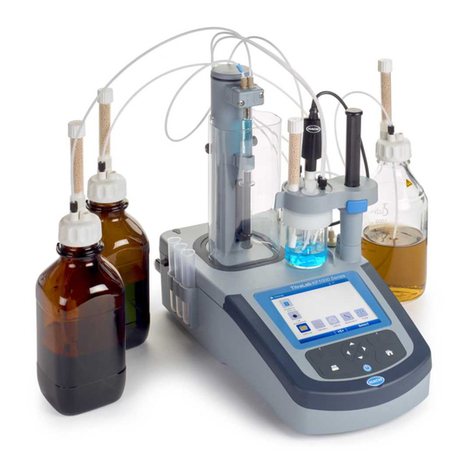
Hach
Hach TitraLab KF1000 Series Quick manual
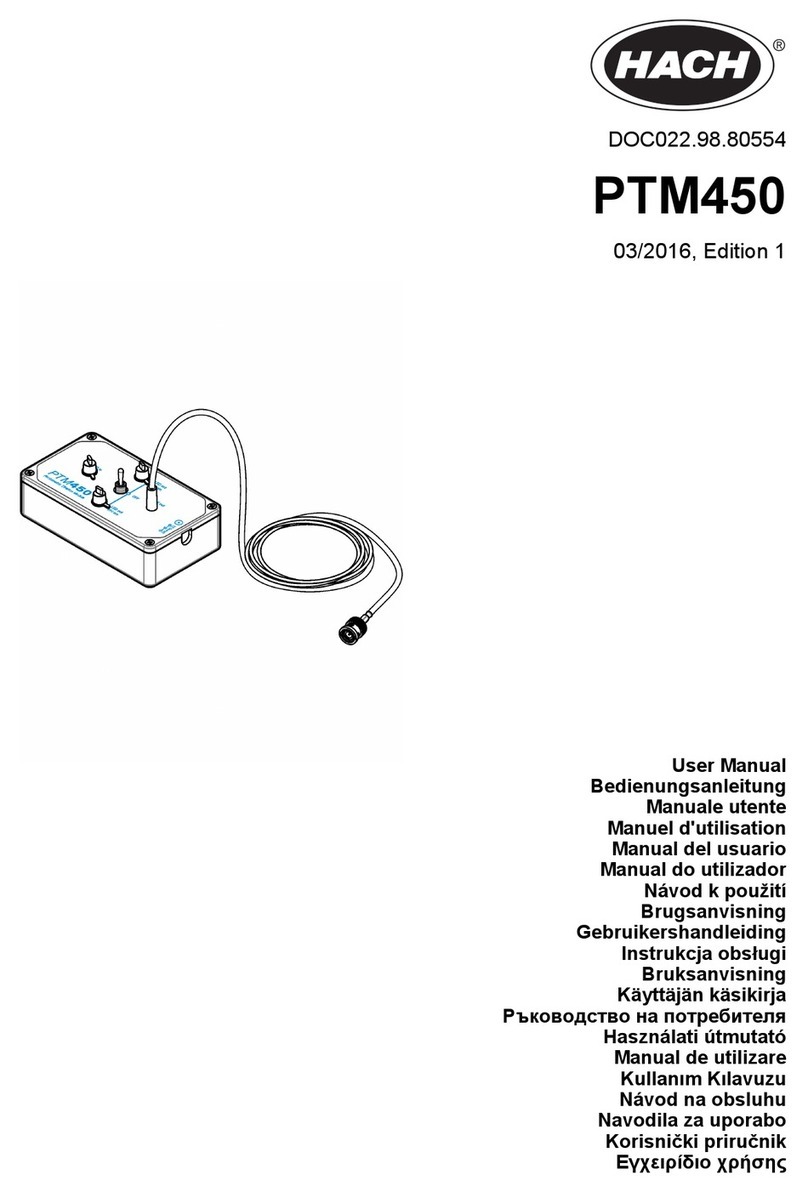
Hach
Hach PTM450 User manual
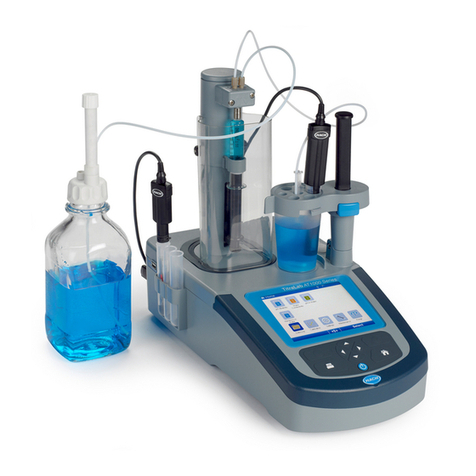
Hach
Hach TitraLab AT1000 Series Quick manual
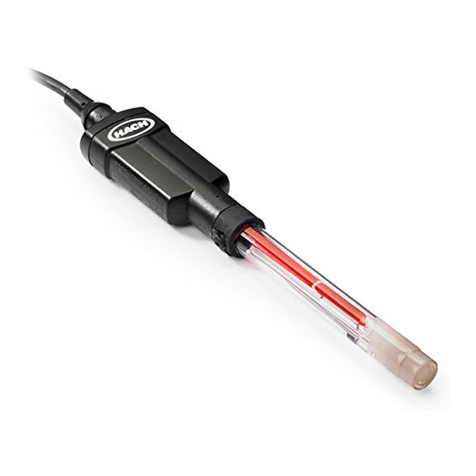
Hach
Hach PHC729 User manual
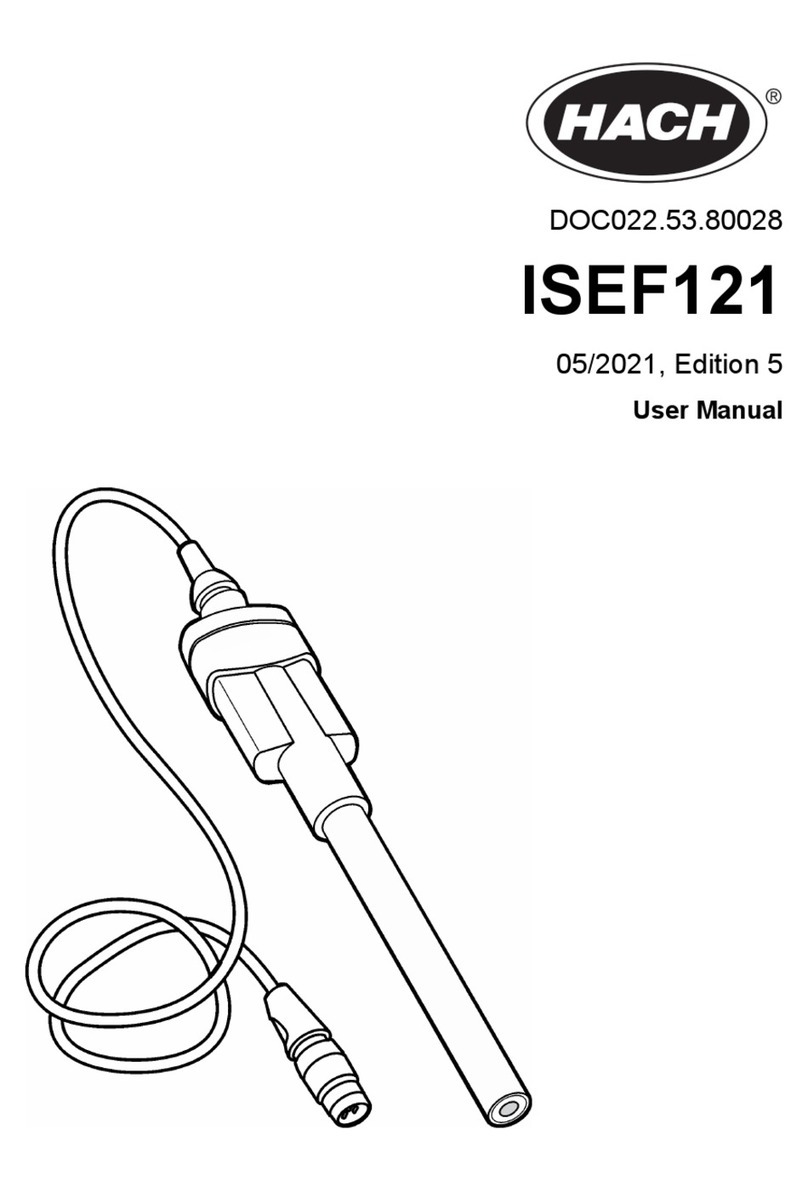
Hach
Hach ISEF121 Series User manual
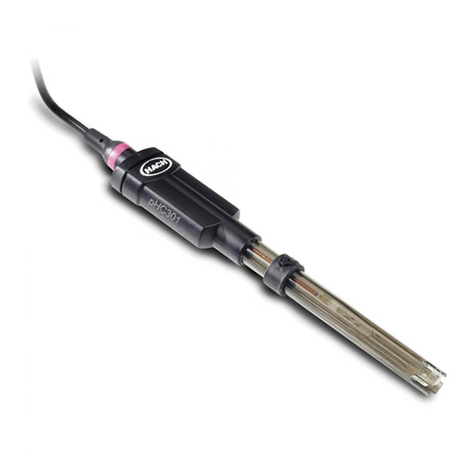
Hach
Hach PHC301 User manual
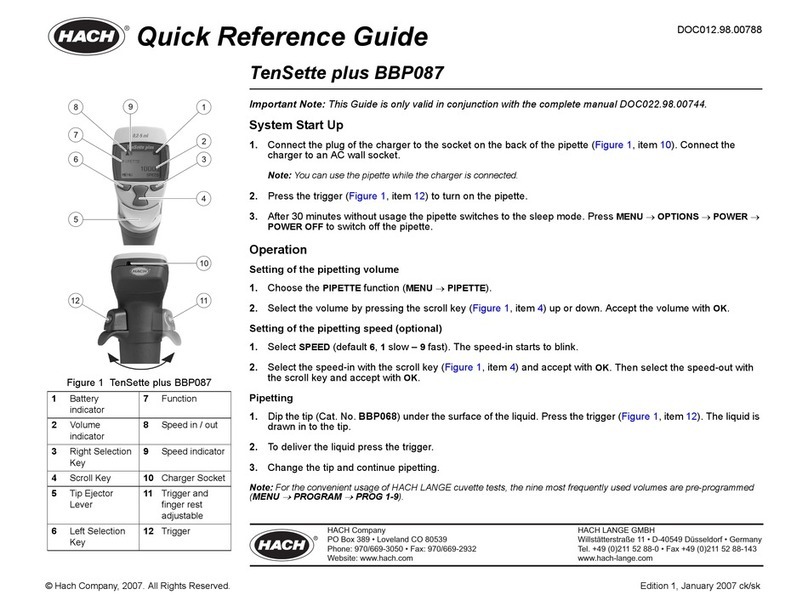
Hach
Hach TenSette plus BBP087 User manual
Popular Laboratory Equipment manuals by other brands

Agilent Technologies
Agilent Technologies 5800 ICP-OES user guide

Endress+Hauser
Endress+Hauser Cleanfit CPA875 operating instructions

NI
NI PXI-5422 CALIBRATION PROCEDURE

Collomix
Collomix Aqix operating instructions

SPEX SamplePrep
SPEX SamplePrep 6875 Freezer/Mill Series operating manual

Ocean Insight
Ocean Insight FLAME-NIR+ Installation and operation manual

Parker
Parker ALIGN-MG-NA Installation, operation and maintenance manual

BD
BD 644787 user guide

DENTAURUM
DENTAURUM Compact Megaplus Instructions for use

Biuged Laboratory Instruments
Biuged Laboratory Instruments BGD 626 instruction manual

VWR
VWR SAS Super IAQ instruction manual

illumina
illumina MiSeqDx reference guide

